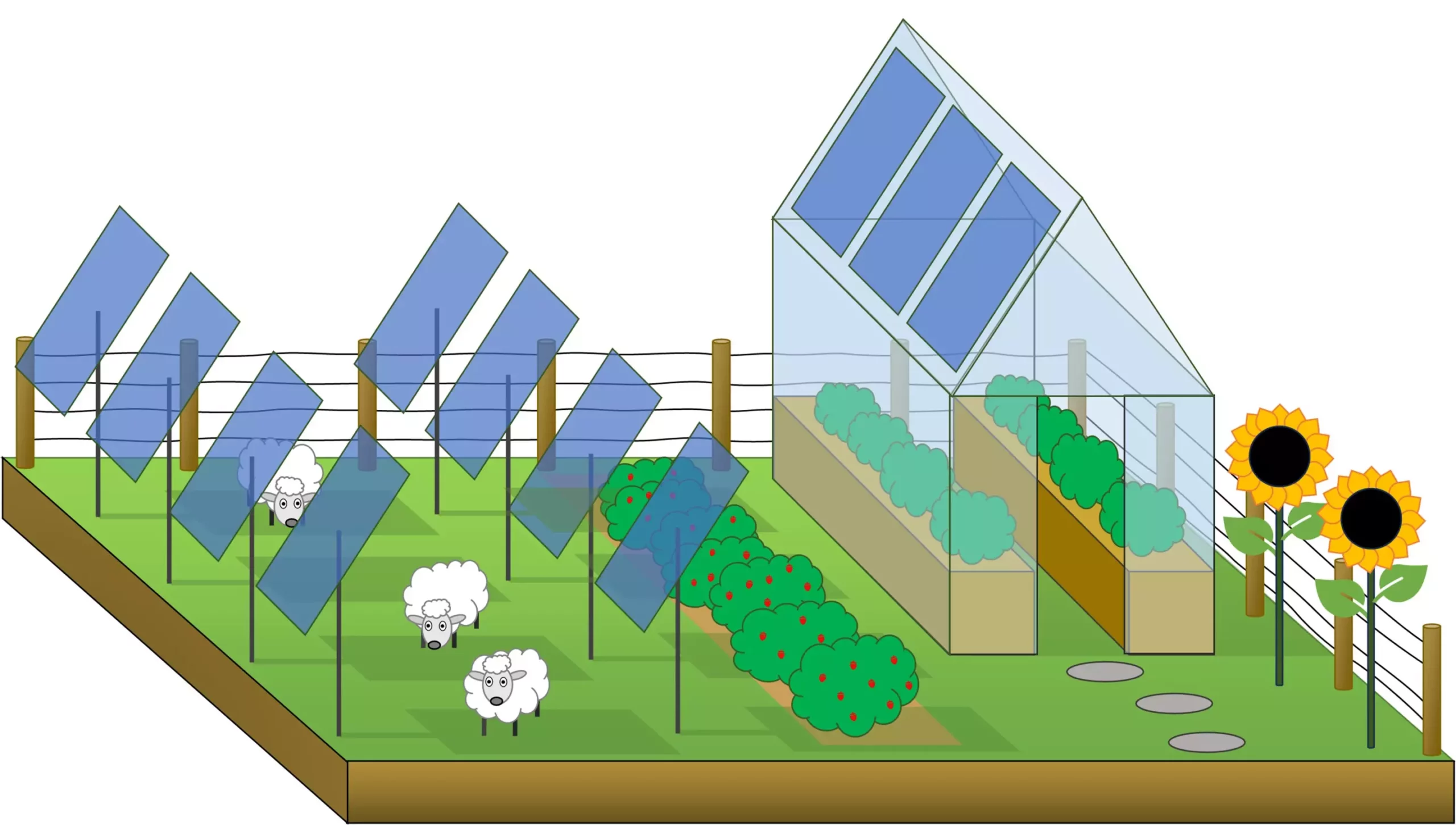The integration of solar energy technologies with agricultural practices has gained significant traction in recent years, giving rise to the innovative concept of agrivoltaics. This approach not only focuses on harnessing the sun’s energy but also emphasizes enhancing crop productivity. At the forefront of this advancement is a recent study by scientists from Swansea University, who have crafted a groundbreaking tool designed to identify optimal photovoltaic (PV) materials. This development holds promise for farmers and renewable energy advocates alike, as it aims to balance the dual needs of food production and sustainable energy generation.
The research team at Swansea University has introduced a sophisticated freeware tool that offers predictions about light transmission, absorption, and power generation associated with various PV materials under diverse geographical conditions. This tool’s design enables users to assess the performance of semi-transparent PVs in real-time, factoring in physical and electrical properties. According to Austin Kay, the lead author, the ability to evaluate multiple PV materials paves the way for a better understanding of how to harmonize agricultural productivity with energy production. The implications of this work extend far beyond merely selecting the right solar panel; they touch on pressing global issues, such as food security and carbon footprint reduction.
A critical element of the tool focuses on the way different PV materials interact with various wavelengths of light. The concept of bandgap is central to this interaction. With a broader bandgap, a PV material can capture higher-energy blue light, whereas a narrower bandgap allows the absorption of lower-energy red light. These properties are essential for defining how much light reaches the crops below, enabling researchers to tailor PV selections specifically suited to enhance photosynthesis. Crops primarily utilize red and blue wavelengths, making the choice of PV materials crucial for optimizing yield while simultaneously generating energy.
The potential benefits of agrivoltaics extend beyond energy generation to include remarkable advancements in the agricultural sector. By utilizing these dual-purpose systems, farms can produce clean energy while improving their resilience against climate change. As Associate Professor Ardalan Armin points out, optimizing this combination could significantly aid in the decarbonization of agriculture. Moreover, innovative applications, such as situating panels over greenhouses or providing shade for livestock, demonstrate the versatility of this approach. The thoughtful implementation of PVs can maximize land use efficiency without sacrificing agricultural output, contributing to both sustainability and productivity.
Despite their promising benefits, agrivoltaic systems do face challenges. The introduction of solar panels into farming operations must be executed carefully to avoid detrimental effects on both crops and livestock. For instance, certain animal species can inadvertently harm the PV systems, underscoring the need for meticulous planning. Thus, while agrivoltaics represent a forward-thinking fusion of energy production and agriculture, stakeholders must navigate logistical and environmental considerations to successfully implement these systems.
The innovative work from Swansea University showcases the potential of agrivoltaics to reshape how we think about energy and food production. As scientists refine tools for predicting PV material performance and continue to explore the symbiotic relationship between solar power and agriculture, the future appears bright. This sustainable approach not only seeks to address global energy needs but also aims to ensure secure food supplies for generations to come. Thus, agrivoltaics stands as a beacon of hope, fostering a more sustainable and productive future for both agriculture and energy sectors.

